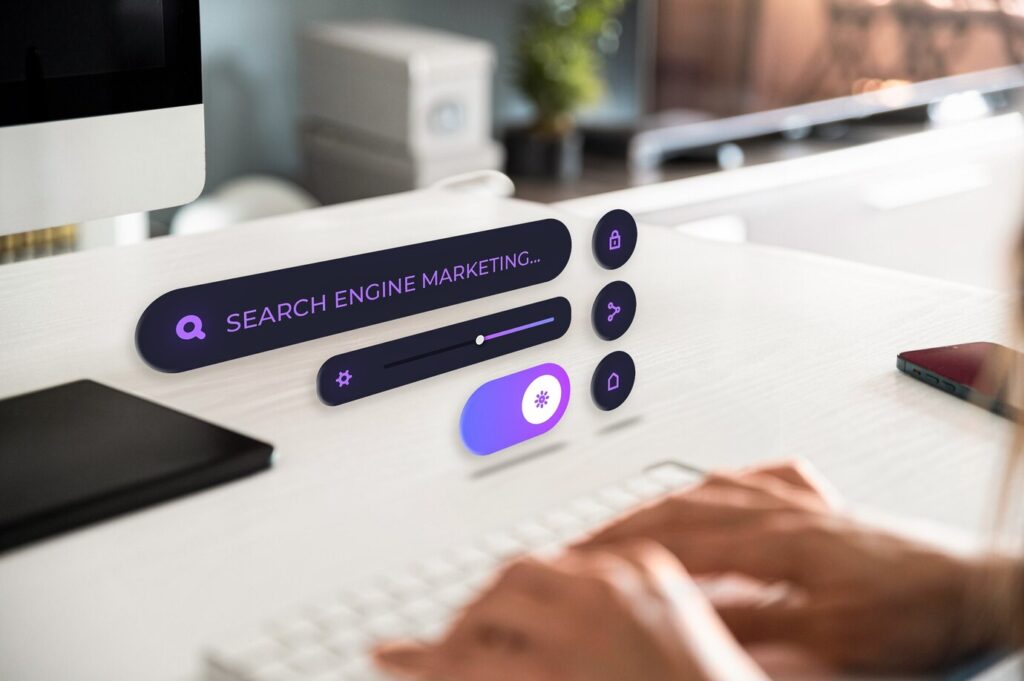The Power of Internal Linking: Boosting SEO and Enhancing User Experience

Internal linking is a fundamental aspect of SEO (Search Engine Optimization) that often goes overlooked. While much emphasis is placed on acquiring external backlinks, internal linking plays a crucial role in optimizing a website’s structure, improving its visibility in search engine results, and enhancing the overall user experience. In this comprehensive guide, we’ll delve into the various ways internal linking helps boost SEO and why it’s essential for any website looking to increase its online presence and authority.
Understanding Internal Linking
Internal linking refers to the practice of linking one page of a website to another page within the same domain. These links are typically embedded within the content or navigation menu and serve to establish connections between different pages and sections of a website. Unlike external backlinks, which originate from other websites, internal links are entirely within the website owner’s control.
1. Enhances Website Navigation and Structure
One of the primary benefits of internal linking is that it improves website navigation and structure. By strategically linking related pages and content together, you create a cohesive network that guides users through your site and helps them discover relevant information more efficiently. This intuitive navigation not only enhances the user experience but also encourages visitors to spend more time exploring your website, reducing bounce rates and increasing engagement metrics.
2. Distributes Page Authority and Ranking Power
Internal links play a crucial role in distributing page authority and ranking power throughout your website. When you link from one page to another, you pass a portion of the linking page’s authority to the linked page. This helps to ensure that all pages on your site receive visibility and contribute to your overall SEO efforts. By strategically linking from high-authority pages to those you wish to boost in search rankings, you can effectively channel link equity and improve the visibility of important pages.
3. Facilitates Indexing and Crawling
Search engine crawlers use links to navigate and discover new content on the web. By incorporating internal links into your website, you provide search engine bots with pathways to access and index your pages more effectively. This ensures that all of your content is crawled and included in search engine databases, increasing the likelihood of it being displayed in search results. Additionally, internal linking can help search engines understand the hierarchy and context of your website’s content, leading to more accurate indexing and improved search visibility.
4. Strengthens Keyword Relevance and Semantic Connectivity
Internal linking allows you to reinforce keyword relevance and semantic connectivity across your website. By linking relevant anchor text to target keywords, you signal to search engines the topical focus of your pages and help them understand the relationship between different pieces of content. This semantic connectivity not only improves the relevance of your content in search results but also enhances the user experience by guiding visitors to related topics and information within your site.
5. Encourages User Engagement and Exploration
Well-placed internal links can encourage user engagement and exploration by guiding visitors to additional resources, products, or services that may interest them. By providing seamless pathways between related content, you can entice users to delve deeper into your website and consume more of your valuable offerings. This not only increases the time spent on your site but also reduces the likelihood of users abandoning their session prematurely. Ultimately, a positive user experience leads to higher conversion rates and improved website performance.
6. Supports Content Silos and Topic Clusters
Internal linking is instrumental in supporting content silos and topic clusters, which are organizational structures that group related content around a central theme or topic. By interlinking pages within the same silo or cluster, you reinforce the thematic relevance and authority of your content in the eyes of search engines. This strategic linking approach helps search engines understand the breadth and depth of your expertise on a particular subject, leading to improved rankings for relevant search queries.
7. Reduces Orphaned Pages and Broken Links
Effective internal linking can help reduce the occurrence of orphaned pages and broken links within your website. Orphaned pages, which lack inbound links from other pages on your site, may struggle to be discovered and indexed by search engines. By ensuring that all pages are interconnected through internal links, you increase their visibility and accessibility to both users and search engines. Additionally, regularly auditing and updating internal links helps prevent broken links, which can negatively impact user experience and SEO performance.
Conclusion
In conclusion, internal linking is a powerful SEO strategy that offers numerous benefits for website owners and users alike. From enhancing website navigation and structure to distributing page authority and improving search visibility, internal linking plays a vital role in optimizing your site for search engines and maximizing user engagement. By incorporating internal links strategically throughout your content and regularly auditing your linking structure, you can create a more cohesive and effective website that ranks higher in search results and delivers a superior user experience.